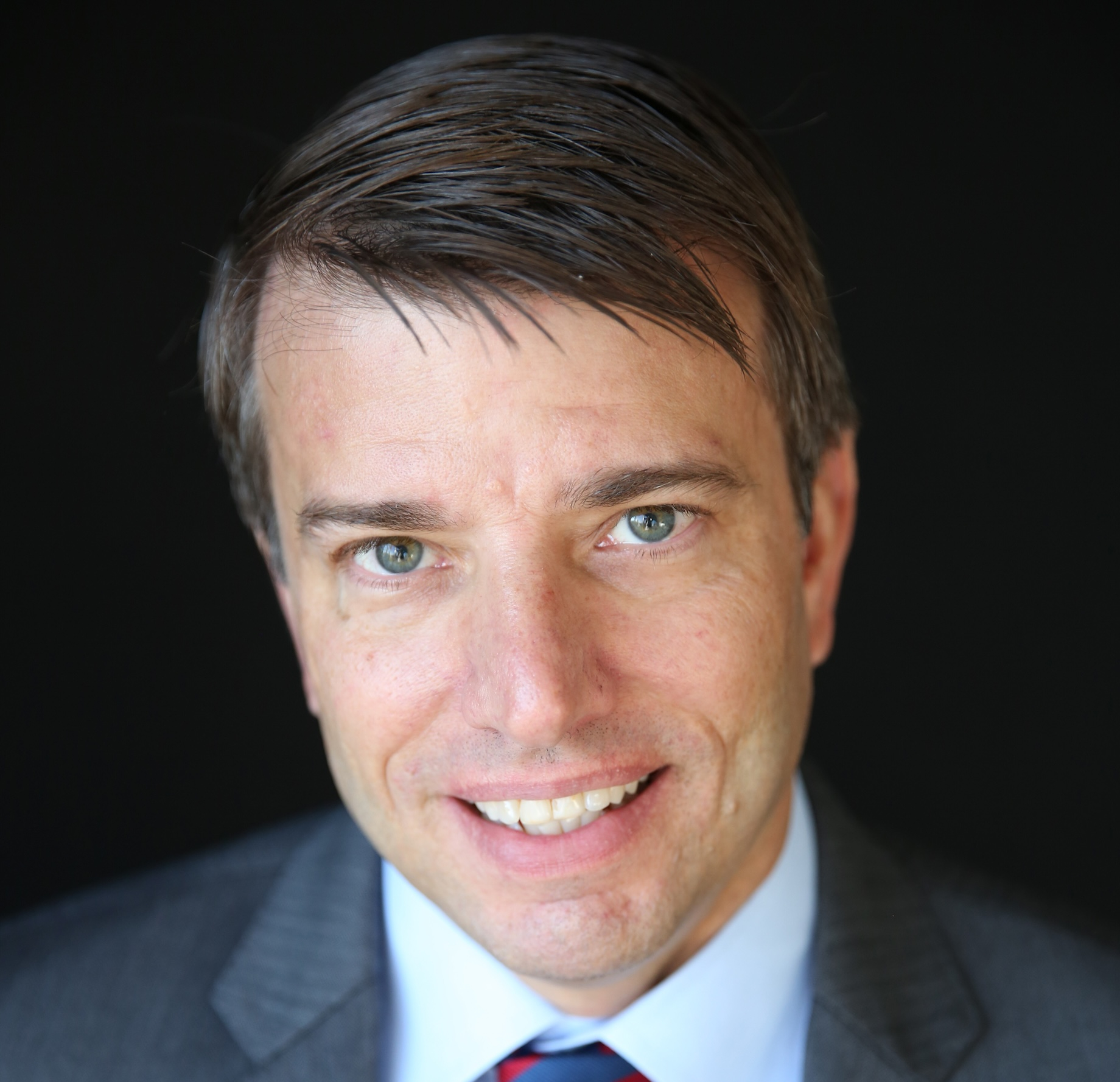The Short Version
- New major league stadiums and arenas are sparking mixed-use districts that attract retail, dining and residential development.
- Sports and real estate development and financing veteran Thad Sheely says sports venues are shifting from single-purpose facilities to lifestyle destinations.
- Projects like The Battery Atlanta demonstrate how live events drive retail traffic and lease premiums.
- Successful stadium districts rely on more than visitors. Residents and year-round programming sustain growth.
Sports Venues Emerge as Mixed-Use Engines
New sports stadiums are coming fast and furious. In the NFL, the Denver Broncos, Cleveland Browns and Tennessee Titans are planning or constructing new homes. The MLB’s Athletics, formerly of Oakland, will move from their temporary location in Sacramento to a new stadium in Las Vegas in 2028, and a family-owned investment firm is spearheading the construction of a ballpark in Salt Lake City to attract an expansion team.

Arctos’ Thad Sheely Photo courtesy of Leading Authorities Inc.
More than just providing teams with new fields, these multibillion-dollar projects continue a trend: sports venues as anchors to mixed-use neighborhoods and entertainment districts. The value proposition is akin to brick-and-mortar retail — an emotional and participatory experience — according to Thad Sheely, a longtime sports and real estate development and financing veteran who delivered the keynote address at the recent ICSC@SOUTHEAST event.
FROM THE C+CT ARCHIVE: New Sports Venues and the Master-Planned Districts Growing Around Them
From Stadiums to Districts
“When people spend more money for the experience of going to a high-profile game, they want to stack that experience [with others] and make sure they’re making the most of it,” said Sheely, who was recently hired as an operating partner by Arctos, an investor in sports franchises and alternative asset managers. “It’s about converting an individual consumer to a community of fans who will buy the souvenir jersey, splurge on the extra steak sandwich and double their shots [of alcohol].”
At The Battery Atlanta — a mixed-use district that opened in 2017 next to the Atlanta Braves’ Truist Park — residential, retail, hotel and office properties are fetching 20% lease premiums versus the broader market, he said. Similar developments, such as Wembley Park adjacent to London’s Wembley Stadium, have witnessed comparable results, he added. “We all know that foot traffic drives retail sales, but ticketed events drive foot traffic to multipurpose, mixed-used buildings,” said Sheely.
He also noted the importance of holding other events like concerts, circuses and motocross races at the developments. “A full calendar creates confidence for tenants, visitors and neighbors, and every time people pour out of a venue, it’s an advertisement that this is the place to come.”
MORE FROM C+CT: Anaheim Ducks’ Home District Aims To Stay Active Year-Round
The Power of Shared Fandom
Sheely’s development career began with the Miami Heat in 1998, a year before the NBA team moved into a new arena. That was followed by roles with the NFL’s New York Jets, Related Cos. at Hudson Yards and the NBA’s Atlanta Hawks, among others. He is also an adviser to the Washington Commanders, which is building a new stadium and an adjacent mixed-use and entertainment district in the District of Columbia.
Stadium-anchored projects have an advantage in that that they come with ready-made, loyal audiences, noted Sheely. Expanding on an idea that author Sebastian Junger explored in his nonfiction book “Tribe,” Sheely said sports fandom feeds the need for shared purpose and ritual. At a time when people tend to disappear into their screens, the real-life experience of attending or watching sporting events alongside one’s tribe members has helped solidify sports as an asset class. “In a world of infinite choices … sports are the place that we come together,” he said. “Why? Because the outcome is uncertain. The experience is communal. You can’t binge it, you can’t skip [through] it and you can’t predict it.”
What Makes a Stadium District Thrive
At the MLB All-Star Game this year, Sheely heard team owners wonder why they couldn’t re-create The Battery Atlanta in their own markets. His explanation: They probably didn’t have a Main-and-Main location like The Battery Atlanta’s intersection of Interstates 285 and 75 in affluent Cobb County. “You can’t just take a piece of dirt in the middle of nowhere and put a stadium on it and think you’ll have anything more than a stadium,” he said.
Sheely also emphasized the need for residents. He thinks the lack of that demand pool delayed mixed-use development around downtown Atlanta’s State Farm Arena for years, despite the millions of annual visitors. “Visitors are the energy [of a project], but residents sustain it,” he said.
By Joe Gose
Contributor, Commerce + Communities Today